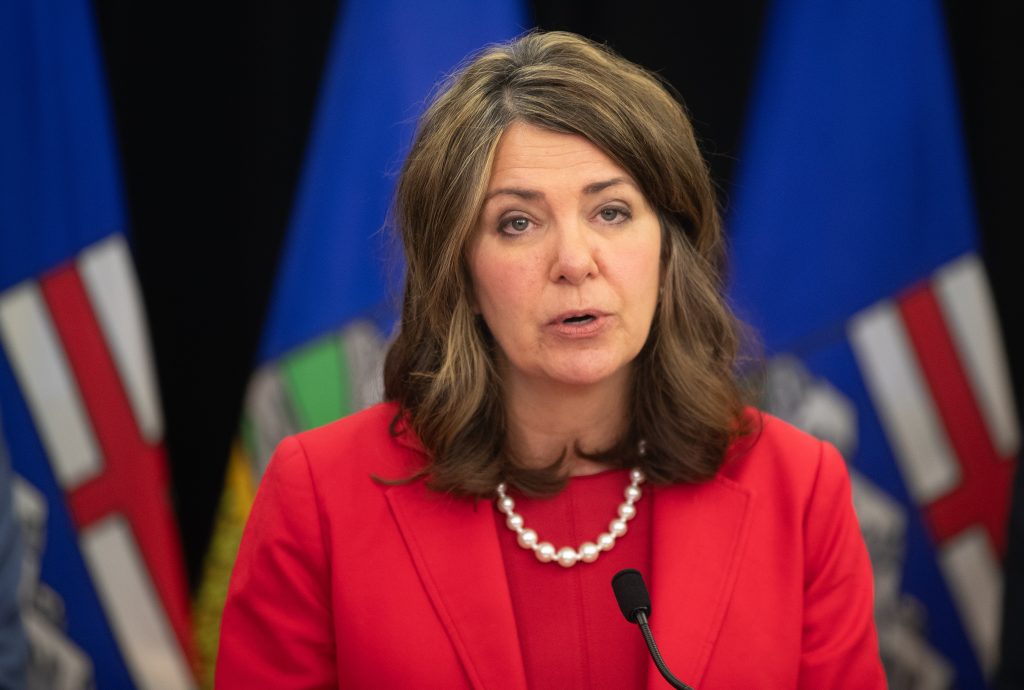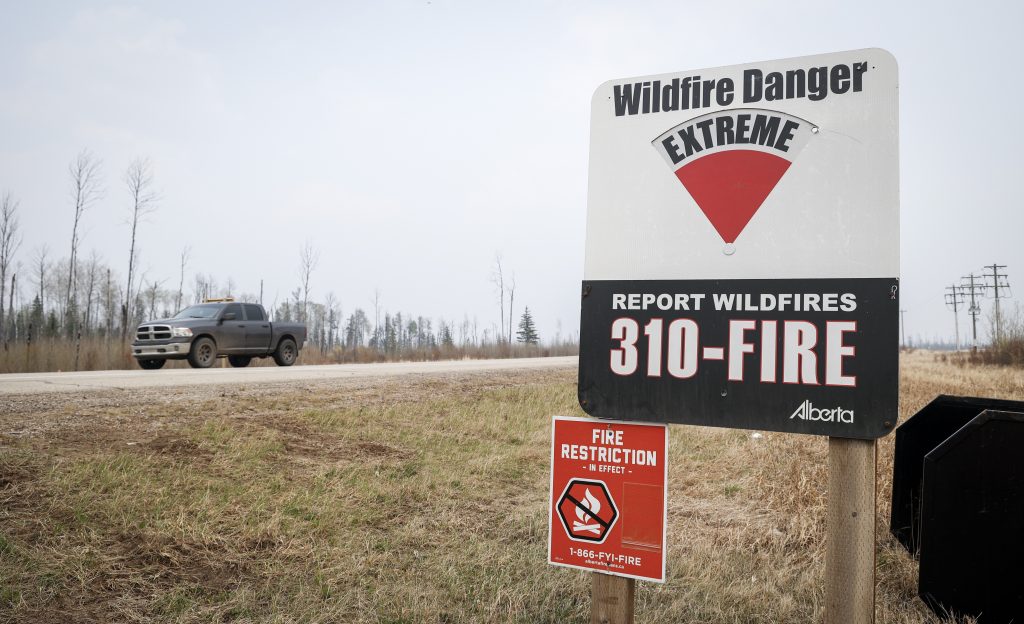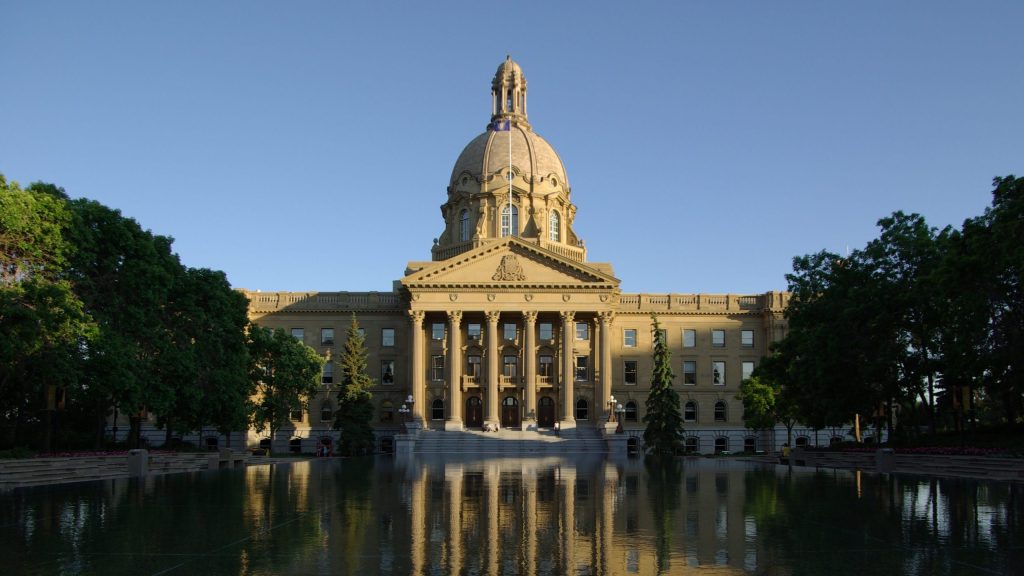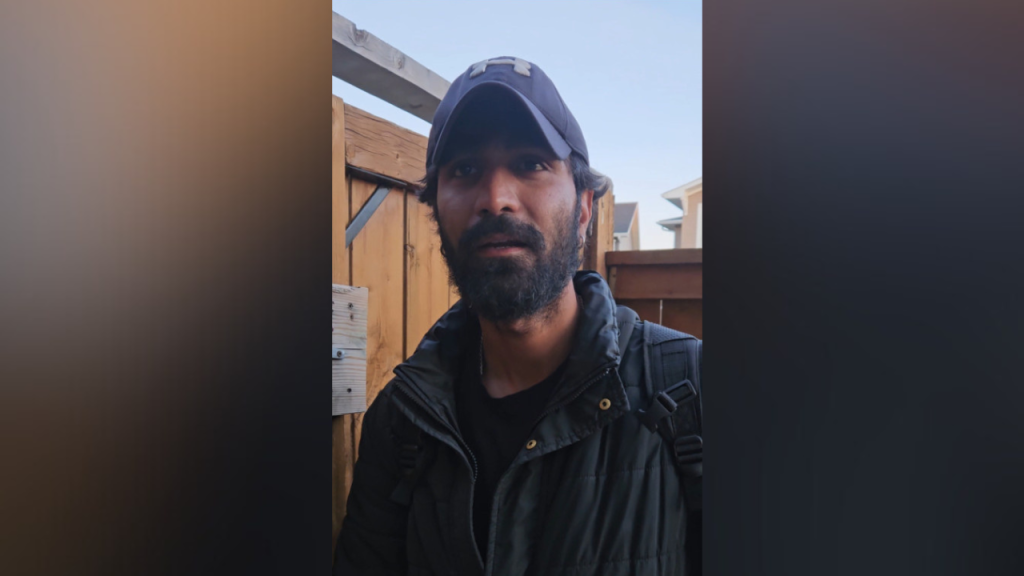Calgary leads Canada in terms of population growth; some question whether we can afford it
Posted Feb 26, 2014 3:08 pm.
This article is more than 5 years old.
Calgary’s population is going boom!
According to the latest numbers from Statistics Canada, Cowtown leads the country in terms of population growth at a rate of 4.3 per cent.
Looking at the chart, 56,973 people between 2012 and 2013 moved to our city and now call themselves Calgarians.
It’s only an estimate, but one data analyst has been crunching for some time giving the city a population of 1,364,827.
“There’s a big gap between metropolitan area of Calgary and Canada,” Patrick Charbonneau of Statistics Canada said. “The main source of local growth would be the international migration at 42 per cent.”
But, can we afford this influx?
Some groups say they have real concerns the boom could go bust, if changes aren’t made quickly.
The Calgary Drop-In & Rehab Centre, on some days, has to run two, even three times past the capacity it was originally designed for.
Manager of External Relations Jordan Hamilton blames a low vacancy rate and a lack of affordable housing.
“There’s not nearly enough rental properties and affordable places to live and until we build more, people are going to continue to struggle,” Hamilton said. “We wish fewer people were coming to us looking for help, we wish there were better opportunities out there for those people, looking and in need of shelter.”
Those concerns are shared by Andrea Ranson of the Calgary Homeless Foundation.
“When they come to Calgary, in many cases they have work, but while they look for affordable housing (which is tough), they’re staying at the emergency shelters,” she said.
A cold month of February has left many outside, looking for warmth with nowhere else to turn and Calgary’s mayor has been vocal in his frustrations, saying affordable housing has been a top priority that keeps him awake at night.
Speaking at the State of City address last week, Naheed Nenshi called the current situation unacceptable.
“I want to share with you some numbers, before June last year, we had a 1.3 per cent vacancy rate for rental accommodations in Calgary, That is too tight by anybody’s standards,” Nenshi said.
He added since the flood, that number has dropped even more. Ward 11 Councillor Brian Pincott said the current situation is bordering on crisis proportions.
“We have to work together on this one to find where the gaps are and find the solutions right across the spectrum,” he said.
Chair of the Calgary Housing Corporation, Pincott said Calgary needs a good working relationship with other levels of government, but they can’t afford to sit around and wait for Ottawa and Edmonton to come to the table.
“We have to work together with the not-for-profit, the other orders of government, the housing industry to find what the gaps are, to do that gap analysis and start putting together some solutions,” he said. “There is no single solution to this.”
Pincott said looking at the regulations around housing is part of the solution, but it’s certainly not going to solve this problem.
Municipal Affairs Minister Ken Hughes, a Calgary MLA, isn’t surprised to see Calgary at the top of the list being such an “attractive city.”
Hughes said they’re aware of the concerns, adding it’s partly why the Redford Government has made such a focus on “Building Alberta” and continuing infrastructure investment.
“Obviously when you have the volume of people moving to Alberta, it’s a matter of working hard to keep up and that’s what we’re doing,” Hughes said.
But when asked about what it would take to get ahead, the minister suggested it’s a stable government and one that continues to respond to the needs of Albertans.
New infrastructure, he said, means new residents.
“Those people pay for that growth and overtime they settle in and become Albertans like the rest of us,” he said.
Hughes is planning to meet with Mayor Naheed Nenshi and Edmonton Mayor Don Iveson in the coming weeks to discuss the current problem and to ensure the cities have the resources and infrastructure they need to accommodate these influxes.
“Part of it is just making sure we have a shared vision of what the problems are, what the challenges are and how we can map out a pathway to make sure we meet the needs of our communities.”










